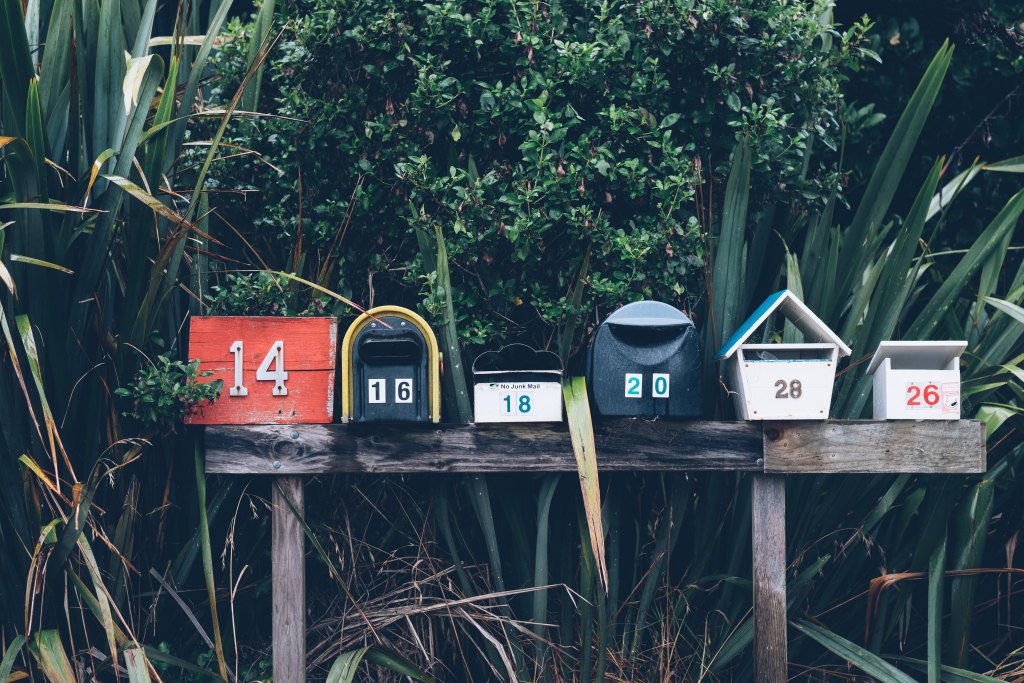What is sustainable investing and how can it contribute to increased returns from your real estate investment projects? Pursuing green strategies can bring you tremendous investing rewards without considerable additional cost or complexity in your operations. Planning early for sustainable design allows green features to be integrated from the outset, reducing long-term operational and maintenance expenses. Here we will talk about energy efficiency, durability, reducing waste, and the health of people and the environment.
Energy and Water Efficiency
Sustainable investing and design brings with it reduced energy costs and lower bills. If you manage or own rental property, you know how much power and water tenants are apt to use. Installing low-flow water efficient fixtures can reduce use and expenses, while also doing a good thing for the environment by reducing the embodied energy involved in the transportation and treatment of water. If your leases leave expenses to the tenant, it will be a tremendous selling point that their utility cost will be reduced thanks to the sustainable features of your property. This also saves tenants from the need to install these features themselves, further adding value and appeal for the prospective tenants and buyers.
Energy efficient upgrades can immediately improve the value of your property. If your goal is to renovate the property and either refinance or resell the asset, green upgrades can add substantial appraised value by increasing the NOI through reduced expenses. The income approach utilized by appraisers will recognize this increased margin and yield a subsequently greater valuation. Units with sustainable features are in strong demand by buyers and earn a 5-9% premium, according to research by the National Association of Realtors. The additional upfront expense of sustainable features is offset by the savings earned during the pay-back period, the time required to recover the additional expense compared to conventional designs.
Sustainable Investing, Durability, and Reduced Waste
Maintenance is another sizable expense category that can benefit from sustainable strategies. Green products and materials generally last longer than conventional products and are designed to create less waste and employ less construction materials. When selecting product for your build or renovation, look for those that have longer life ratings. Consider this when you’re shopping for paint, flooring, counters, appliances, and other products that frequently require maintenance and repair. Using higher quality materials upfront will reduce long-term expense and lead to greater tenant satisfaction.
Waste is a very important consideration that is often overlooked in the design process. How much does this waste impact the profitability of your projects? With the increasing costs of building materials, excessive construction waste can easily result in thousands of dollars of lost potential profit. The under-utilized resources also contribute to landfill proliferation and purposeless energy use and pollution created by the original production and subsequent removal of waste. Advanced framing and project management strategies can keep waste to under 10%, and allow significant additional capital to be allocated to sustainable design initiatives and high-quality builds.
Human and Environmental Health
Designing homes and business using green approaches supports human health. Using low VOC materials and designing for ergonomics and psychological well-being contributes to happier tenants, lower-turnover, and less risk of legal liability for injuries and health conditions resulting from toxic substances and hazardous conditions. People are very sensitive to temperature, lighting, layout, and views. Green rating organizations such as the U.S. Green Building Council encourage and reward designs that consider these human factors and provide innovative integrated solutions. What’s more, is you’ll also command a higher lease rate on your rental and better future resale value.
The health of the environment is also an important consideration that can influence your long-term revenues. When your project has a positive impact on the surrounding environment, it improves the quality of life for all in the ecosystem and community. Pragmatically, it leads to improved community appeal, lower medical expenses for local government, saved public funds that would otherwise be spent on remediation efforts, and enhanced social capital for conscientious developers. Strategies that support environmental health include providing natural habitat, using native vegetation, preventing storm water runoff, minimizing waste, using locally sourced and sustainably produced materials, and emphasizing public transportation within the community.
More Green by Going Green
The key point here is that employing green strategies and sustainable investing will provide benefits for people, the environment, and not least importantly, your bottom-line. All the strategies discussed will improve your profits in the long-run and help maintain goodwill for your organization within the community. When planned from the outset using integrative design, green building strategies require minimal additional expense, while providing significant long-term value. As real estate investors, we’re always looking for new opportunities to improve the value and cash flow from our properties; green design presents an excellent solution that supports the financial success of the venture, occupant demand, and the environment.


